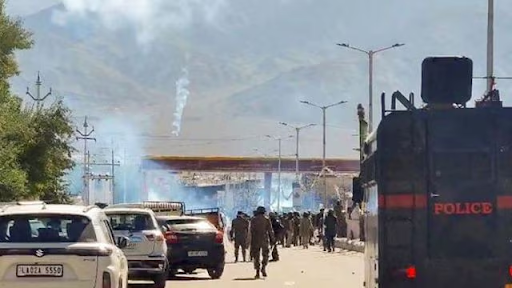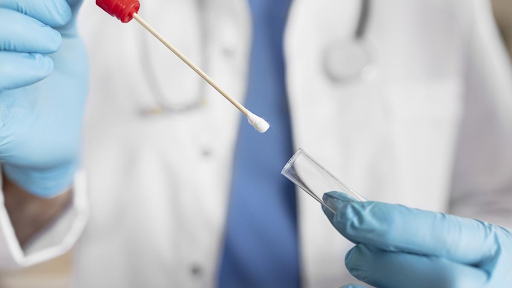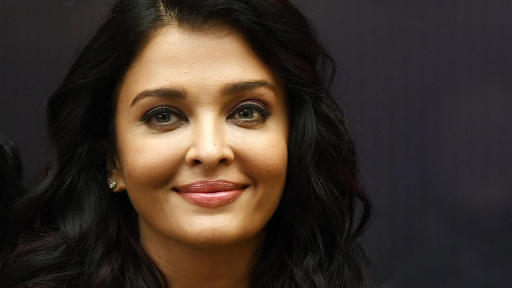



Reports in Jharkhand and Odisha reveal alarming cases of households being removed from the Public Distribution System (PDS), a government-managed program in India providing food and necessities to the poor. Challenges include bureaucratic inefficiencies, corruption, and systemic inequities, requiring improved registration processes, single-window procedures, and local authority.

Copyright infringement not intended
Picture Courtesy: THE HINDU
Reports in Jharkhand and Odisha reveal alarming cases of households being removed from the Public Distribution System (PDS), a problem not limited to these states.
It is a government-managed program that provides food and other necessities to the poor in India. It is a way to distribute food at affordable prices to help manage scarcity.
The Public Distribution System (PDS) in India started in the 1960s. It was developed in response to food shortages during that time. The PDS has evolved over the years to improve its reach and efficiency.
Evolution of the PDS
The PDS has helped to reduce food price increases and ensure that people have access to food. It has also helped to eliminate the threat of famine in India.
Bureaucratic inefficiencies, corruption, and systemic inequities have created barriers that deprive vulnerable groups of their basic entitlement to food.
Reports from states like Jharkhand, Odisha, and Bihar underline that many families have been removed from the PDS list without reasonable justification, while some communities, like the Musahars, continue to face severe exclusion.
Beneficiaries receive substandard or reduced food grains, while applicants face unnecessary documents like Aadhaar details, caste certificates, and income proofs, despite being legally unjustified under the National Food Security Act.
Biometric verification was introduced to reduce fraud and improve PDS efficiency, however, it has become a tool for exclusion, mainly for beneficiaries from rural and marginalized communities.
Technical errors, poor infrastructure, or differences in Aadhaar details make it difficult for beneficiaries to authenticate their biometrics, which leads to the cancellation of their names from the PDS list and requires reapplying for a new ration card and going through bureaucratic challenges.
The registration process needs to be simplified by removing unnecessary documentation requirements such as caste certificates.
A single-window registration procedure with minimal paperwork must be adopted to speed up the application process.
Stricter surveillance mechanisms should be implemented to ensure that food grains are distributed fairly.
To protect beneficiaries from exploitation, the government must establish independent monitoring bodies to audit the process and implement strong grievance redressal systems.
Local bodies, such as Panchayats, should be given authority to manage the PDS. Decentralising governance can improve responsiveness to local needs while also reducing bureaucratic inefficiencies.
Must Read Articles:
PUBLIC DISTRIBUTION SYSTEM (PDS)
FOOD SECURITY ACT HAS REVAMPED THE PUBLIC DISTRIBUTION SYSTEM (PDS)
Source:
|
PRACTICE QUESTION Q.Evaluate the role of the Public Distribution System in addressing hunger and malnutrition in India. 150 words |






© 2025 iasgyan. All right reserved